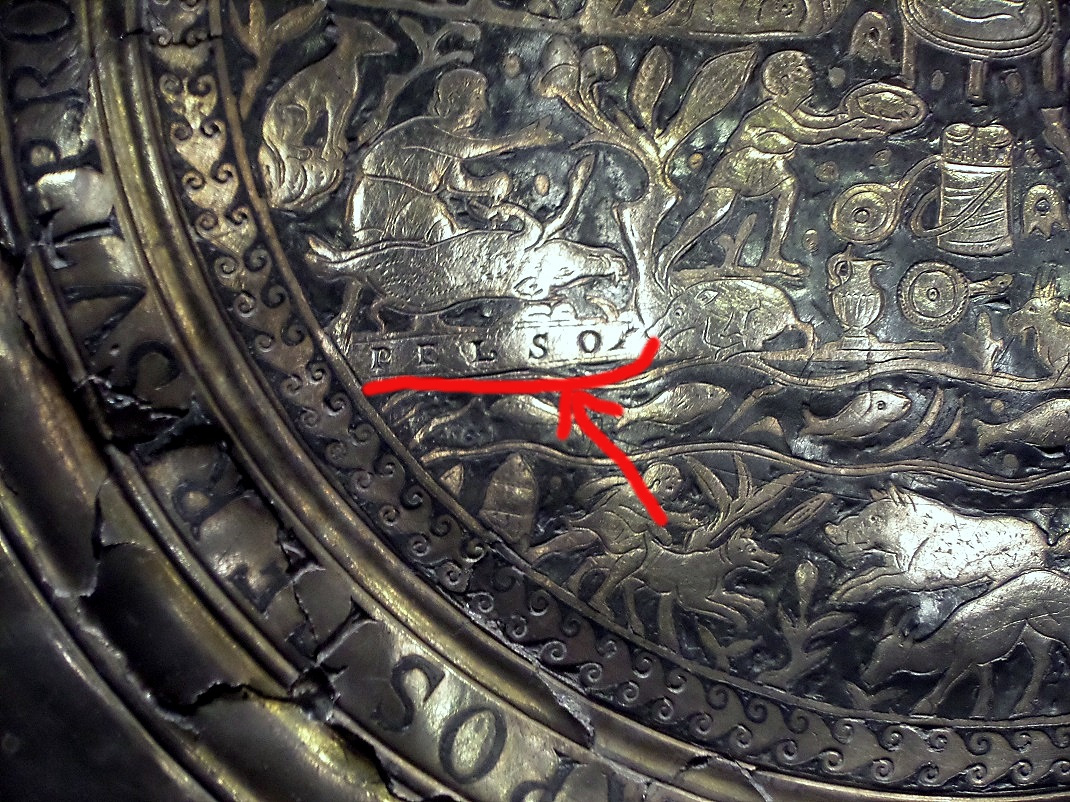Why Croatia remained without Seuso Treasures, and why they came into the hands of the Hungarians
Why Croatia was left without the Seuso treasures worth millions of dollars, and why they fell into the hands of the Hungarians - published a lengthy article in the Sunday edition of the most widely read Croatian daily Vecernji List. In his writing, university professor Ivica Miskulin discusses how the treasure got out of Croatia (then Yugoslavia) in 1977 in a diplomat's bag. He recalls the details of the trial in New York and the evidence that Zagreb came up with in order to recover them, highlighting the testimony of a former policeman who investigated the site of the excavated treasures in 1960. These records used to be tikos. At its first meeting this year, the Croatian government unsealed the archive materials of the Croatian committee investigating the origin and circumstances of the sale of the Seuso treasures, the article also reveals that at Miskulin's request.
The Seuso treasure of Roman origin consists of 14 silver objects, which were named after their owner. According to assumptions, Seuso may have hidden his treasures during some barbarian invasion, but it is not possible to know exactly where: Hungary, Lebanon and Croatia also claimed it for themselves.
The aforementioned fourteen pieces were purchased between 1980 and 1987 for investment purposes by an English investment company led by Lord Northampton. The collection was intended to be sold to the Getty Museum and then auctioned for £40 million, but the deal fell through because the papers certifying the items' Lebanese origin turned out to be fake.
Croatia, Hungary and Lebanon have also announced their claim to the treasure. Lebanon gave up its claim before the start of the trial, and Hungary and Croatia lost the case: according to the judgment handed down in New York in 1993, neither country could credibly prove that the artifacts were found on its territory. Croatia claimed that the treasure was dug in Barbariga, Istria, 20 kilometers from Pula, while Hungary claimed that the finds were found in the vicinity of Lake Balaton, which was supported by the fact that on one of the bowls, above a fish frolicking in the water of a lake shaped like Lake Balaton, this inscription can be read : Pelso (ie Lake Balaton).
 The silver vessels of obscure origin remained in the possession of the lord, but at the same time became virtually unsaleable on the legal international art treasure market. The British owner stated in 2006 that he would sell the treasures, which were also presented at a non-public exhibition.
The silver vessels of obscure origin remained in the possession of the lord, but at the same time became virtually unsaleable on the legal international art treasure market. The British owner stated in 2006 that he would sell the treasures, which were also presented at a non-public exhibition.
On March 26, 2014, Prime Minister Viktor Orbán announced that Hungary had recovered and repatriated seven pieces of Seuso treasure for 15 million euros (approximately 4.5 billion forints), and the second seven pieces of artefacts returned to Hungary in 2017.
Miskulin asks the question: why did Croatia not try to get involved in repurchasing some of the treasures in 2014? He expressed his hope that in the near future, further study of the documents would provide answers to all his questions and that the history of the Seuso treasures, which he said Croatia had taken too easily to recover, could finally come to an end.
1655 total views, 1 today
1655 total views, 1 today










